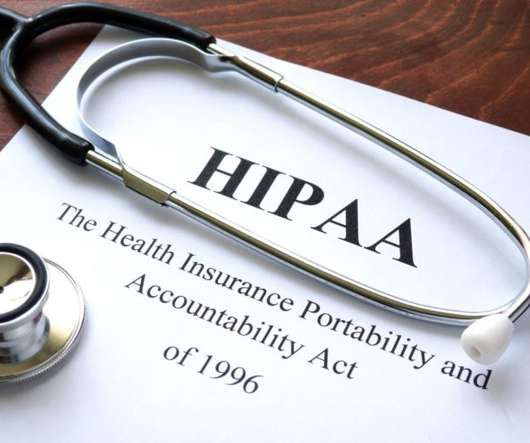IRM, ERM, and GRC: Is There a Difference?
Reciprocity
AUGUST 24, 2022
Organizations typically bought insurance to avoid the losses these risks could cause, thus “transferring” the risk to the insurance company. 2007-2012): Audit management, enterprise, and operational risk management, compliance beyond financial controls, and more. GRC 4.0: (2018-present): Automated GRC.




















Let's personalize your content